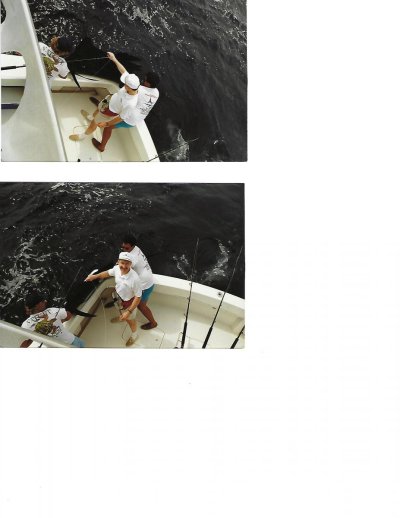maineman
Veteran Member
Can you help me settle a debate? In a heavy seaway, would you feel more comfortable with your rigid inflatable and its outboard towed far astern or tied to the transom or on the swim platform? Stored deflated or upside down on the cabin top are not options.
Thank you!
Thank you!

 Al, I'm ready for some left coast fishing???
Al, I'm ready for some left coast fishing???